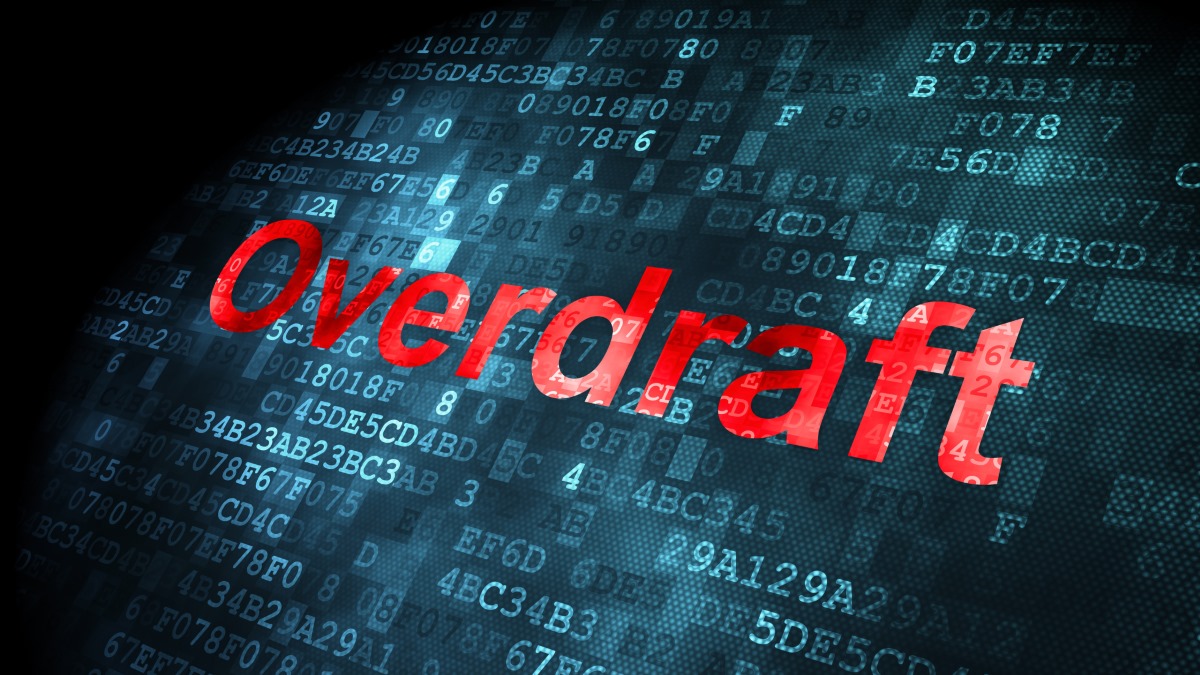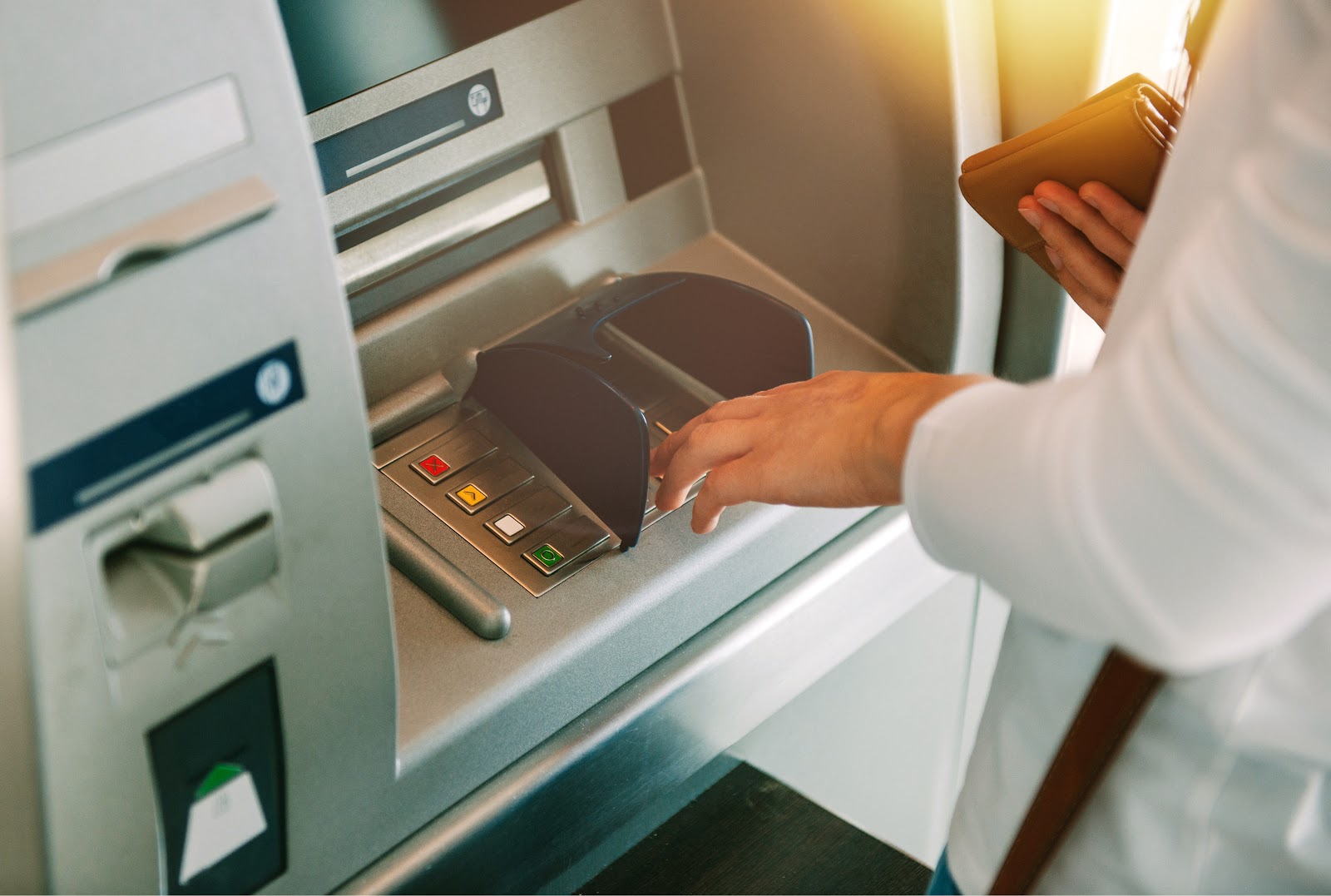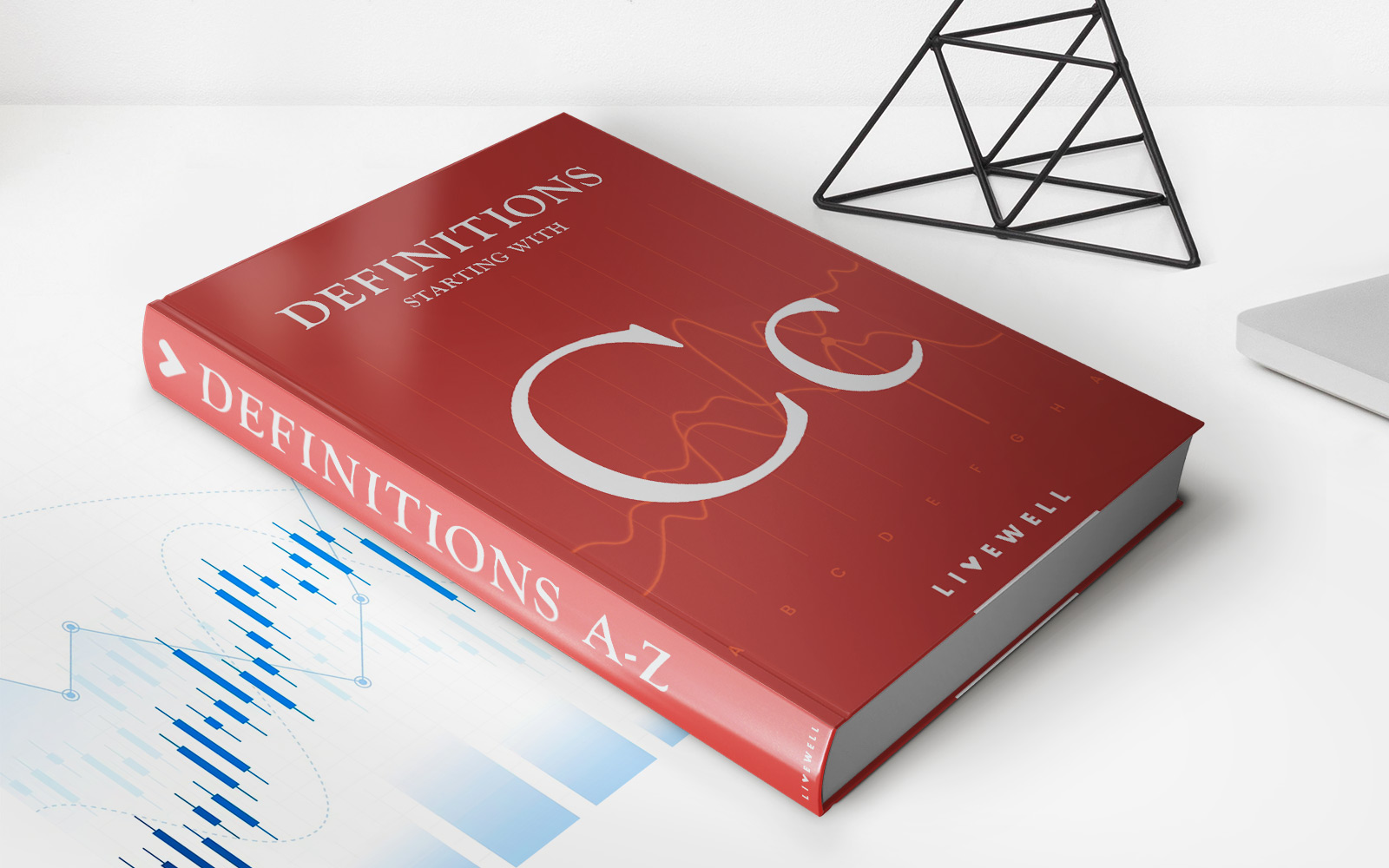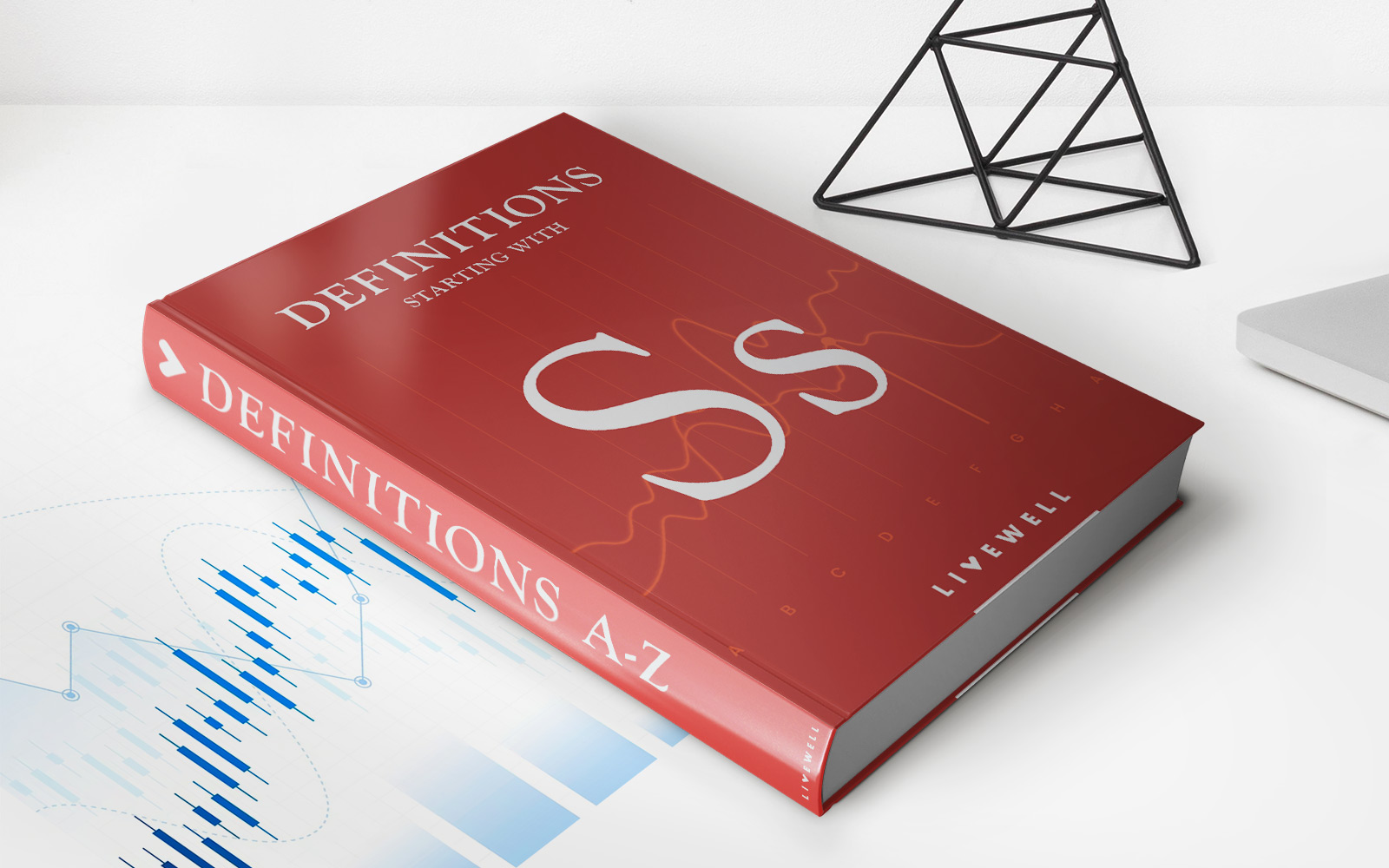

Finance
What Is An Overdraft Line Of Credit
Modified: February 21, 2024
Learn about the benefits of an overdraft line of credit and how it can help you manage your finances. Find out how this finance tool works and if it's right for you.
(Many of the links in this article redirect to a specific reviewed product. Your purchase of these products through affiliate links helps to generate commission for LiveWell, at no extra cost. Learn more)
Table of Contents
Introduction
Managing finances can sometimes be a tricky balancing act, especially when unexpected expenses or cash flow gaps arise. In such situations, having access to additional funds can provide much-needed relief. One financing option that can help bridge this gap is an overdraft line of credit.
This article aims to provide a comprehensive understanding of what an overdraft line of credit is, how it works, and the pros and cons associated with it. We will also discuss important factors to consider when applying for an overdraft line of credit and offer valuable tips for effectively managing this financial tool.
Whether you’re a business owner needing extra working capital or an individual seeking a financial safety net, understanding the potential benefits and risks of an overdraft line of credit can help you make informed decisions about your finances.
Throughout this article, we’ll explore the ins and outs of an overdraft line of credit, shedding light on its functionality and highlighting key considerations for those considering this financial option. By the end, you’ll have a clear understanding of whether an overdraft line of credit is the right choice for you.
Definition of an Overdraft Line of Credit
An overdraft line of credit is a flexible borrowing arrangement offered by financial institutions that allows individuals or businesses to access funds beyond their available account balance. Essentially, it serves as a safety net to cover expenses when there are insufficient funds in the account.
Unlike a traditional loan where a fixed amount is borrowed upfront, an overdraft line of credit is a revolving line of credit. This means that the borrower can access funds up to a predetermined limit and only pay interest on the amount borrowed. As funds are repaid, they become available again for future use.
Typically, an overdraft line of credit is linked to a checking account. When the account balance falls below zero, the overdraft line of credit automatically kicks in, effectively allowing the account holder to continue making transactions without any disruption. This can prevent declined payments, returned checks, or costly overdraft fees.
The specific terms and conditions of an overdraft line of credit may vary depending on the financial institution providing it. The amount of credit extended is determined by factors such as the borrower’s creditworthiness, income, and relationship with the bank. It’s important to note that overdraft lines of credit are subject to interest charges and other fees, which can vary based on the terms agreed upon.
Overall, an overdraft line of credit provides a flexible and convenient financing option, offering immediate access to funds when needed. It can be a valuable tool for managing day-to-day expenses or addressing unexpected cash flow issues without the need to apply for a traditional loan.
How Does an Overdraft Line of Credit Work?
To understand how an overdraft line of credit works, let’s consider a hypothetical scenario:
John has a checking account with a financial institution that offers an overdraft line of credit. The bank has approved a credit limit of $1,000 for John’s account. One day, John makes a purchase for $200, but his account balance is only $50. In this situation, the overdraft line of credit kicks in.
Instead of the purchase being declined or John incurring an overdraft fee, the bank covers the remaining $150 by utilizing the available credit from John’s overdraft line. This allows him to complete the transaction without any disruption.
Now, John’s account balance stands at -$150 (negative balance), and he owes this amount to the bank. The bank charges interest on this negative balance, which is typically higher than what is charged for regular credit card purchases or loans. It’s important for John to repay the borrowed amount as soon as possible to minimize the interest charges.
Once John repays the $150, his account balance returns to zero, and the borrowed amount becomes available again in case he needs it in the future. This revolving nature of an overdraft line of credit makes it a flexible financing option.
It’s crucial to note that the repayment terms for an overdraft line of credit vary depending on the financial institution. Some banks may require immediate repayment, while others may allow borrowers to make minimum payments over time. It’s essential to familiarize oneself with the terms and conditions of the specific overdraft line of credit arrangement.
An overdraft line of credit works as a safety net, providing individuals and businesses with the ability to make transactions even when funds are insufficient in their accounts. It can offer peace of mind and financial flexibility, ensuring that essential expenses are covered without facing declined payments or incurring costly fees.
Pros and Cons of Using an Overdraft Line of Credit
Using an overdraft line of credit can have both advantages and disadvantages. It’s important to carefully consider these factors before deciding to utilize this financial tool. Let’s explore the pros and cons:
Pros:
- Convenience: An overdraft line of credit provides immediate access to funds when needed, allowing individuals or businesses to cover expenses without delay.
- Flexibility: Unlike a traditional loan, an overdraft line of credit offers a revolving credit limit, allowing borrowers to access funds repeatedly as long as they stay within the approved limit.
- Protection from declined payments: An overdraft line of credit can prevent declined payments, bounced checks, and potential negative consequences, such as damage to credit score or late payment fees.
- Cost-effective for short-term borrowing: If used for short periods, an overdraft line of credit can be more cost-effective compared to other forms of borrowing, such as credit cards or payday loans, as interest is typically charged only on the amount borrowed.
Cons:
- Interest charges: While an overdraft line of credit can provide immediate access to funds, it’s important to remember that interest charges apply to the borrowed amount. These interest rates can often be higher than those associated with traditional loans or credit cards.
- Potential fees: Financial institutions may charge fees for maintaining an overdraft line of credit, including annual or monthly fees, transaction fees, or penalties for exceeding the credit limit. These fees can add up over time and impact the overall cost of using the line of credit.
- Risk of dependency: If not managed responsibly, relying too heavily on an overdraft line of credit can lead to financial dependency and potential debt accumulation. It’s essential to have a plan for repayment and avoid overextending the available credit limit.
- Credit impact: Utilizing an overdraft line of credit can affect credit utilization and, in some cases, credit scores. High utilization of available credit or late payments may have a negative impact on creditworthiness. It’s important to use the line of credit responsibly and make timely repayments.
Consider your financial situation, spending habits, and ability to repay before deciding whether an overdraft line of credit is the right choice for you.
Factors to Consider When Applying for an Overdraft Line of Credit
Before applying for an overdraft line of credit, there are several important factors to consider. These factors can help you determine if this financing option aligns with your financial needs and goals. Let’s explore some key considerations:
Creditworthiness:
Financial institutions will assess your creditworthiness when considering your application for an overdraft line of credit. Factors such as your credit score, credit history, and existing debts will be taken into account. Maintaining a good credit score and a positive credit history increases your chances of securing a higher credit limit and more favorable terms.
Income and Cash Flow:
Financial institutions may evaluate your income and cash flow to ensure that you have the means to repay borrowed funds. They may require proof of steady income, such as pay stubs or tax returns. Having a consistent and reliable source of income can positively influence your application outcome.
Relationship with the Bank:
Your existing relationship with the bank can play a role in the approval process for an overdraft line of credit. If you have a long-standing relationship, maintain multiple accounts, or have demonstrated responsible banking behavior, the bank may be more inclined to offer you a higher credit limit or more favorable terms.
Costs and Fees:
It’s important to carefully review the costs and fees associated with an overdraft line of credit. Financial institutions may charge various fees, including annual fees, transaction fees, or fees for exceeding the credit limit. Understand the cost structure and ensure that it aligns with your financial plans and budget.
Use of the Line of Credit:
Consider how you plan to use the line of credit before applying. If it’s for occasional emergencies or unexpected expenses, an overdraft line of credit may be suitable. However, if you anticipate a need for ongoing or larger financing needs, other options such as a personal loan or a business line of credit may be more appropriate.
Repayment Plan:
Create a plan for repaying the borrowed amounts promptly to avoid accumulating interest charges. Assess your ability to make timely payments and factor in any potential changes in your financial situation. It’s important to use the line of credit responsibly and not rely on it as a long-term solution.
Considering these factors will help you determine if an overdraft line of credit is the right choice for your financial needs. It’s always advisable to consult with banking professionals who can guide you through the application process and provide personalized advice based on your unique circumstances.
Tips for Managing an Overdraft Line of Credit
Effectively managing an overdraft line of credit is crucial to ensure that it remains a useful and cost-effective financial tool. Here are some essential tips to help you manage your overdraft line of credit:
1. Understand the Terms and Conditions:
Take the time to carefully review and understand the terms and conditions of your overdraft line of credit. Familiarize yourself with the interest rates, fees, and repayment requirements. Clear knowledge of these details will help you avoid any surprises and make informed financial decisions.
2. Set a Budget:
Create a comprehensive budget that accounts for your income, expenses, and the amount of credit you have available. Earmark funds to cover your regular expenses and prioritize paying off any outstanding negative balances on your overdraft line of credit. Sticking to a budget will help you manage your finances more effectively.
3. Minimize Credit Utilization:
Avoid maxing out your overdraft line of credit. Keeping your credit utilization low demonstrates responsible financial management. It also leaves room for emergencies or unexpected expenses that may arise in the future.
4. Promptly Repay Borrowed Funds:
Make it a priority to repay any borrowed funds on your overdraft line of credit as soon as possible. Interest charges can accumulate quickly, and timely repayment minimizes the overall cost of borrowing. Regularly review your account balance and set reminders for repayment deadlines.
5. Monitor Your Account:
Regularly monitor your account activity to ensure that you are aware of any transactions, fees, or interest charges related to your overdraft line of credit. Online banking platforms and mobile apps make it easy to stay updated on your account balance and track your spending.
6. Seek Financial Advice if Necessary:
If you find yourself struggling to manage your overdraft line of credit or facing difficulties in repaying the borrowed funds, don’t hesitate to seek financial advice. Consulting with a financial advisor or credit counselor can provide guidance on developing a plan to regain control of your finances.
7. Consider Alternative Financing Options:
An overdraft line of credit may not always be the most cost-effective financing option for your needs. Consider alternative options such as personal loans, credit cards, or business lines of credit. Compare interest rates, fees, and repayment terms to ensure you choose the option that best suits your specific financial situation.
By implementing these tips and managing your overdraft line of credit responsibly, you can optimize its benefits and avoid unnecessary costs and potential financial challenges.
Conclusion
An overdraft line of credit can serve as a valuable financial tool, providing individuals and businesses with immediate access to funds during times of temporary cash flow gaps or unexpected expenses. Understanding the dynamics of an overdraft line of credit and effectively managing it is crucial to reap its benefits and avoid potential pitfalls.
Throughout this article, we’ve explored the definition of an overdraft line of credit, how it works, and the pros and cons associated with its usage. We’ve discussed factors to consider when applying for an overdraft line of credit, such as creditworthiness, income, and costs. Additionally, we’ve provided tips for managing an overdraft line of credit, including setting a budget, minimizing credit utilization, and promptly repaying borrowed funds.
While an overdraft line of credit can offer convenience and flexibility, it’s essential to approach it responsibly. Carefully review the terms and conditions, budget effectively, and make timely repayments to avoid unnecessary fees and interest charges. Regular monitoring of your account activity and seeking professional advice when needed can further enhance your financial management.
Remember, an overdraft line of credit should not be viewed as a long-term solution, but rather as a short-term tool to bridge temporary gaps in cash flow. Consider your financial situation and needs before deciding to utilize an overdraft line of credit, and always explore alternative financing options that may better suit your circumstances.
In conclusion, an overdraft line of credit can provide a safety net in times of financial strain, offering flexibility and convenience. By understanding its functionality, managing it responsibly, and considering other financing options, you can effectively utilize an overdraft line of credit as a beneficial tool in managing your personal or business finances.














